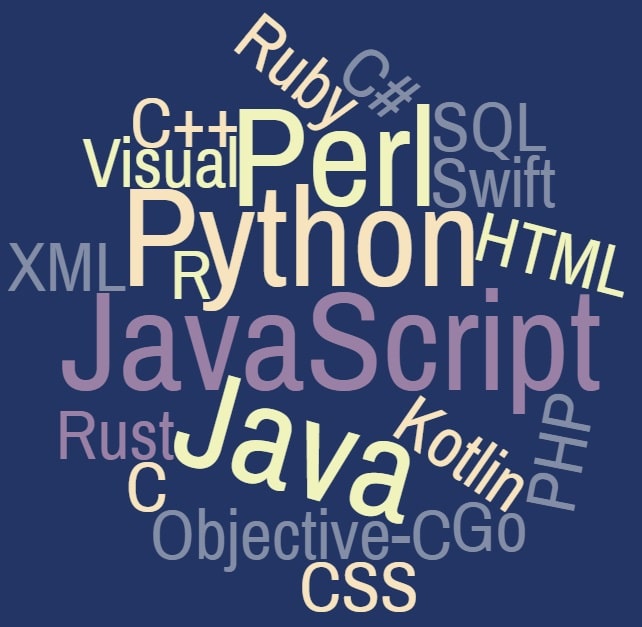Cybersecurity Awareness Month, which occurs annually each October, aims to raise awareness about the importance of cybersecurity across the US, ensuring everyone has the resources they need to be safer and more secure online. And such awareness is needed more this year than ever before.
Due to the COVID-19 pandemic, cybercrime is up 600%. Just this year alone, substantial cyberattacks and data breaches have affected small businesses, educational institutions, healthcare providers, federal and local governments, and financial institutions.
There are defenses that exist, however, that can keep yourself and your company from falling victim to cybercrime.
But aside from keeping software and hardware up to date, scanning for viruses, and using different passwords for different logins, understanding cybersecurity to its fullest is perhaps the best way to keep your company cyber safe.
Below, we have listed 5 different types of cybersecurity to be aware of to build a solid cybersecurity strategy.
The Technology Necessary for a Strong Cybersecurity Strategy
Critical Infrastructure Cybersecurity
According to the Cybersecurity & Infrastructure Security Agency (CISA), critical infrastructure describes the assets that are so vital to the US that their incapacity or destruction would have a debilitating impact on our society.
16 sectors in the US have been deemed critical infrastructure. Examples of such sectors include:
- Energy
- Emergency Services
- Communications
- Food & Agriculture
- Healthcare and Public Health
When one of these sectors is attacked, the ramifications can be severe. Look no further than the recent cybersecurity attack waged against the Colonial Pipeline Company. That attack led to temporary disruption in the delivery of gasoline and other petroleum products across much of the southeastern US, affecting millions of people.
Organizations with responsibility for such infrastructure must perform their due diligence in order to keep their systems safe. Organizations without that responsibility, but who rely on it, would be wise to develop contingency plans by evaluating how an attack might affect them.
Network Security
Boiled down to its simplest term, network security is a set of rules and configurations designed to protect the integrity, confidentiality, and accessibility of computer networks and data using both software and hardware technologies.
Basically, it guards against unauthorized intrusion of your internal networks and ensures that they remain secure.
To help better manage network security, many experts favor machine learning technologies to monitor website traffic, flag abnormal traffic, and to send alerts in real time.
Common examples of network security protections include:
- Multi-factor authentication
- New passwords
- Remote Access VPN
- Email security
Application Security
Application security describes security measures at the application level that aim to prevent data or code within the app from being stolen. In other words, it’s the process of making apps more secure by finding, fixing, and enhancing the security in the development stage of an application.
Types of application security include:
- Antivirus programs
- Firewalls
- Encryption programs
Cloud Security
Cloud computing is the on-demand availability of computer system resources, especially data storage, without direct active management by the user. Popular cloud providers include Amazon Web Services (AWS), Microsoft Azure, and Google Cloud.
Cloud security is a discipline dedicated to securing those cloud computing systems. This includes keeping data private and safe across online-based infrastructure, applications, and platforms.
Every cloud security measure works to accomplish one or more of the following:
- Enable data recovery in case of data loss
- Protect storage and networks against malicious data theft
- Deter human error or negligence that causes data leaks
- Reduce the impact of any data or system compromise
Responsibility for maintaining cloud security falls upon both the cloud provider and the users themselves. That’s why education on cloud security, for anybody who has access to documents stored in the cloud, is paramount.
Internet of Things (IoT) Security
As the demand for meaningful data across a huge variety of touch points has increased, the Internet of Things (IoT) has transformed business. According to recent industry reports, the global IoT market is expected to reach a value of over 1 trillion USD by 2026.
Examples of IoT devices include, smartwatches, smart refrigerators, smart door locks, fitness trackers, medical sensors, and smart bicycles. However, such devices are frequently sent in a vulnerable state and offer little to no security patching.
IoT security provides that level of defense. IoT security tools protect from threats and breaches, identify and monitor risks, and can help fix vulnerabilities. With IoT security, the availability, integrity, and confidentiality of a business’s IoT solutions are ensured.
For help in shoring up your cybersecurity defense teams, contact PSCI. We have the talent pipelines and resources available to keep your business safe, secure, and online.








